Hanakapiai Beach is a beautiful but possibly dangerous beach on Kauai’s Na Pali Coast, reached via a two-mile hike from Ke’e Beach on the Hanakapiai Trail, the first two miles of the eleven-mile Kalalau Trail.
The beach is a beautiful place to relax and hang out. Many visitors to Hanakapiai bring a picnic lunch.
The sandy beach is visible during summer months, but disappears during winter months due to high tides and strong waves. A small cave at the far end of the beach is also visible during the summer.
There is a rocky area above the beach with rounded stones that visitors stack, giving the beach a mystical aura. Above the rocks are trees that provide shade. A composting toilet is back from the beach area.
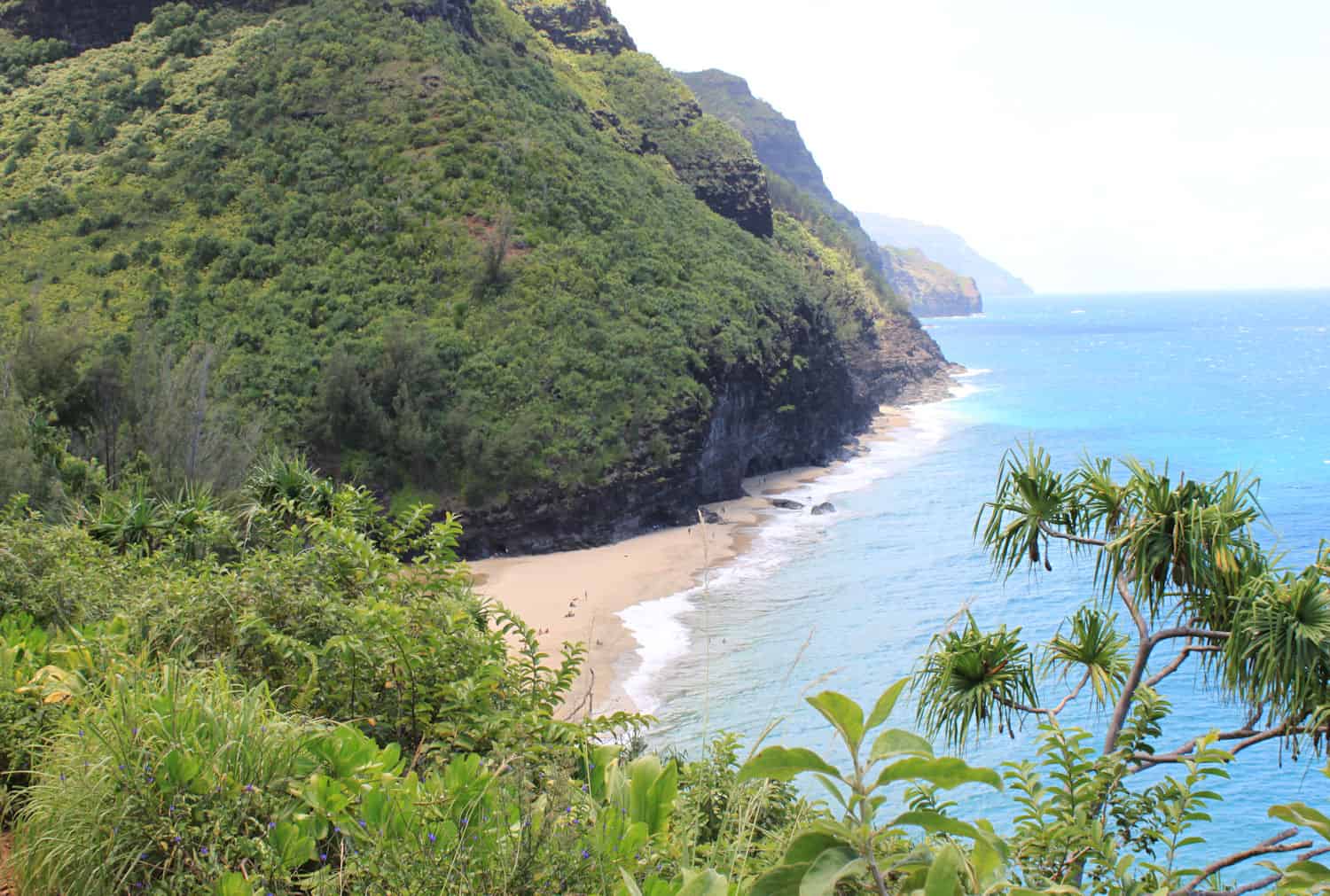
There are no lifeguards at this remote beach. The best advice for this beach is just to not go in the water. There are strong currents at the beach that have killed dozens of people at Hanakapiai.
A makeshift sign at the entrance to Hanakapiai Beach unofficially marks the number of deaths. The latest death occurred in April 2021, a 43-year-old man from Oahu who died by drowning.
The trail to Hanakapiai Beach is sometimes steep and often slippery, but one that most reasonably-fit people can make. You will have to cross over Hanakapiai Stream to reach the main beach on the other side. Some visitors boulder hop while others just wade through the stream. If you rather not reach it by yourself, there are tours in Kauai that can bring you here.
During heavy runoff the stream can be problematic. Do not cross the stream if waters are too strong. You could be swept out to sea in the rushing waters. Hiking shoes, along with a waterproof backpack with snacks and water, are recommended for the hike to Hanakapiai.
Hanakapiai Falls is nearby, and can be reached via another two-mile hike (four-mile round trip) from Hanakapiai Beach.
Unfortunately, a permit is now required to visit the beach. (Click here for complete details.) Stringent new guidelines were put into place after the flooding of April 2018 closed the North Shore to visitors. Kalalau Trail permit holders are allowed to visit Hanakapiai Beach as this is part of the overall Kalalau Trail.
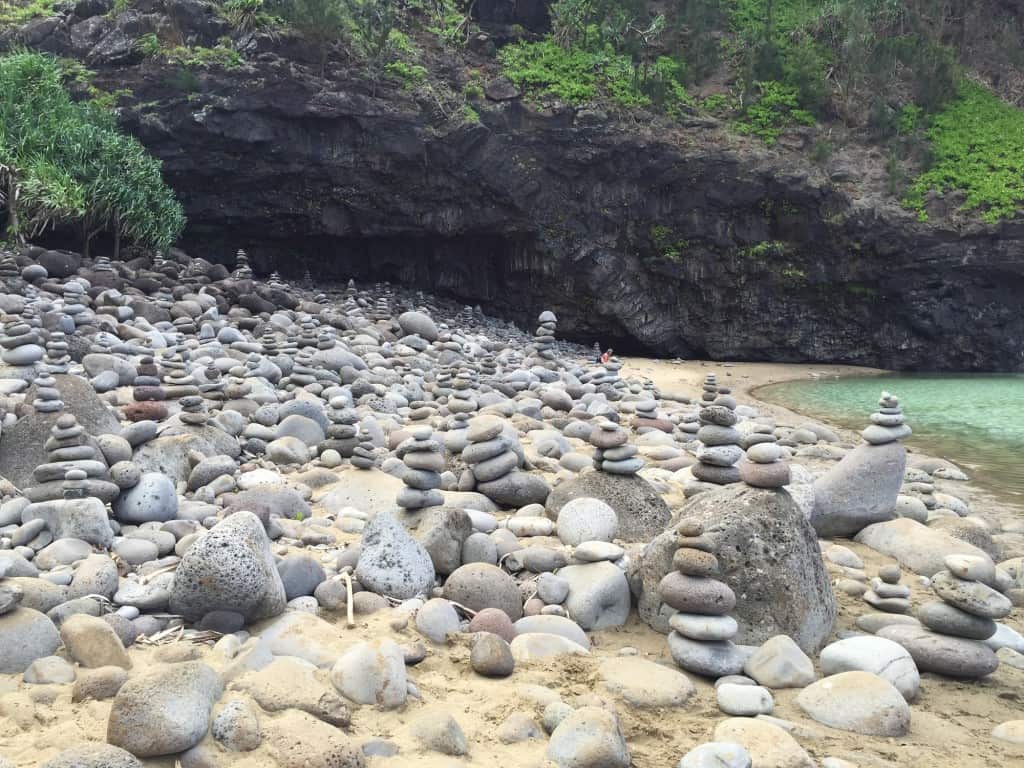
This beach is also known for the sacked stones. Stacked stones add an almost zen-like aura to Hanakapiai Beach. The question is often asked why the stones are stacked. For the most part, the stones are stacked by visitors who see the stacked stones and decide to stack some stones for themselves. Others believe that stacking stones will make a wish come true.
However, some locals see the stone stacking as a desecration to the natural beauty of the island and a sacrilege to Pele. They believe that displacing stones disrupts Pele’s natural spiritual energy by moving the stones from their natural state. And some conservationists see the practice as a violation of the Leave No Trace ethic.
Respect for the island’s culture and the Leave No Trace ethic are reasons why we don’t stack stones when we visit Hawaii beaches. With plenty of stones and a steady stream of visitors to Hanakapiai Beach, the practice isn’t going away anytime soon.
But we encourage visitors to enjoy the natural, unique beauty of Hanakapiai Beach without stacking stones. Besides, there’s plenty of other things to enjoy at the beach!
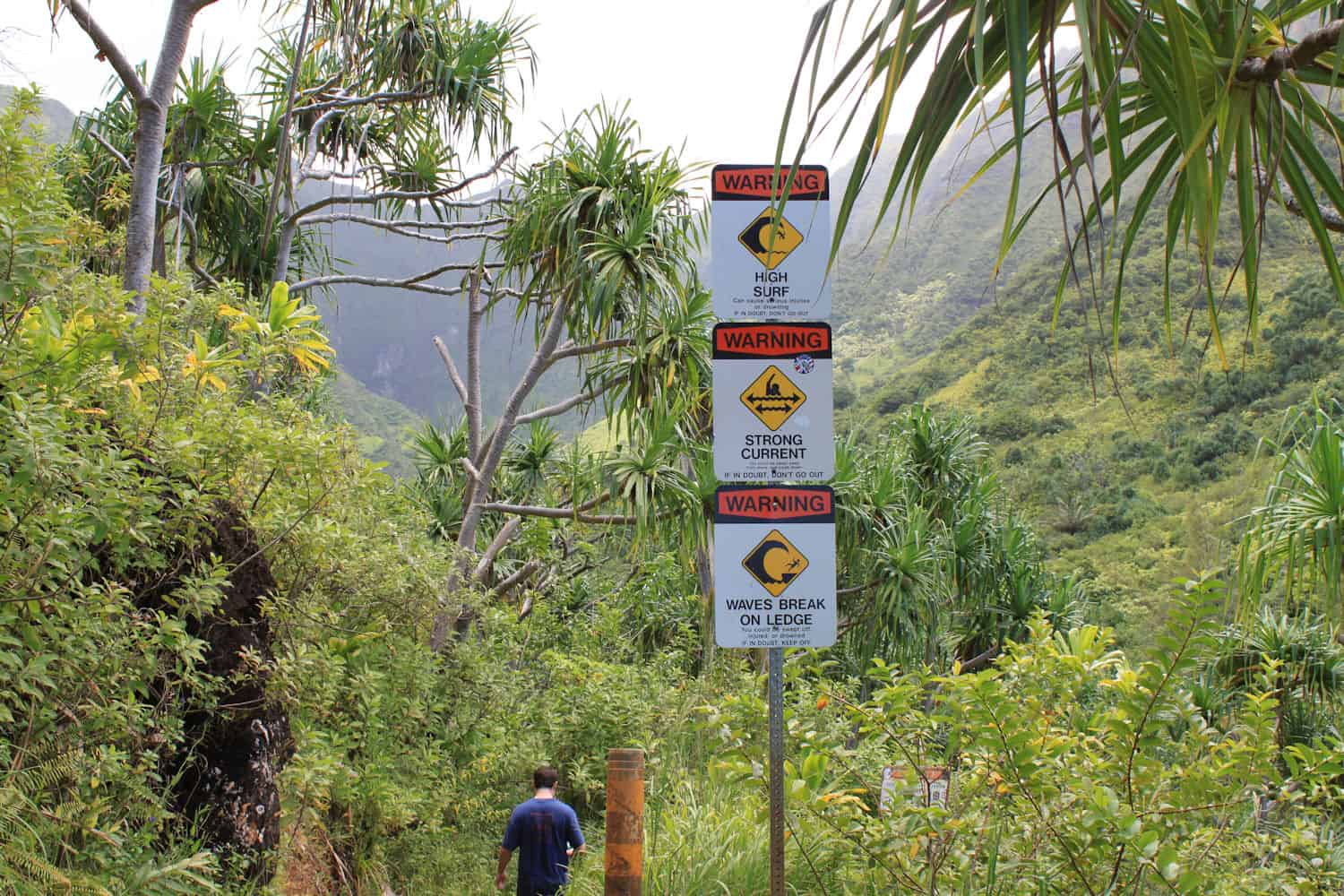
Several signs warn of the many dangers at the beach.
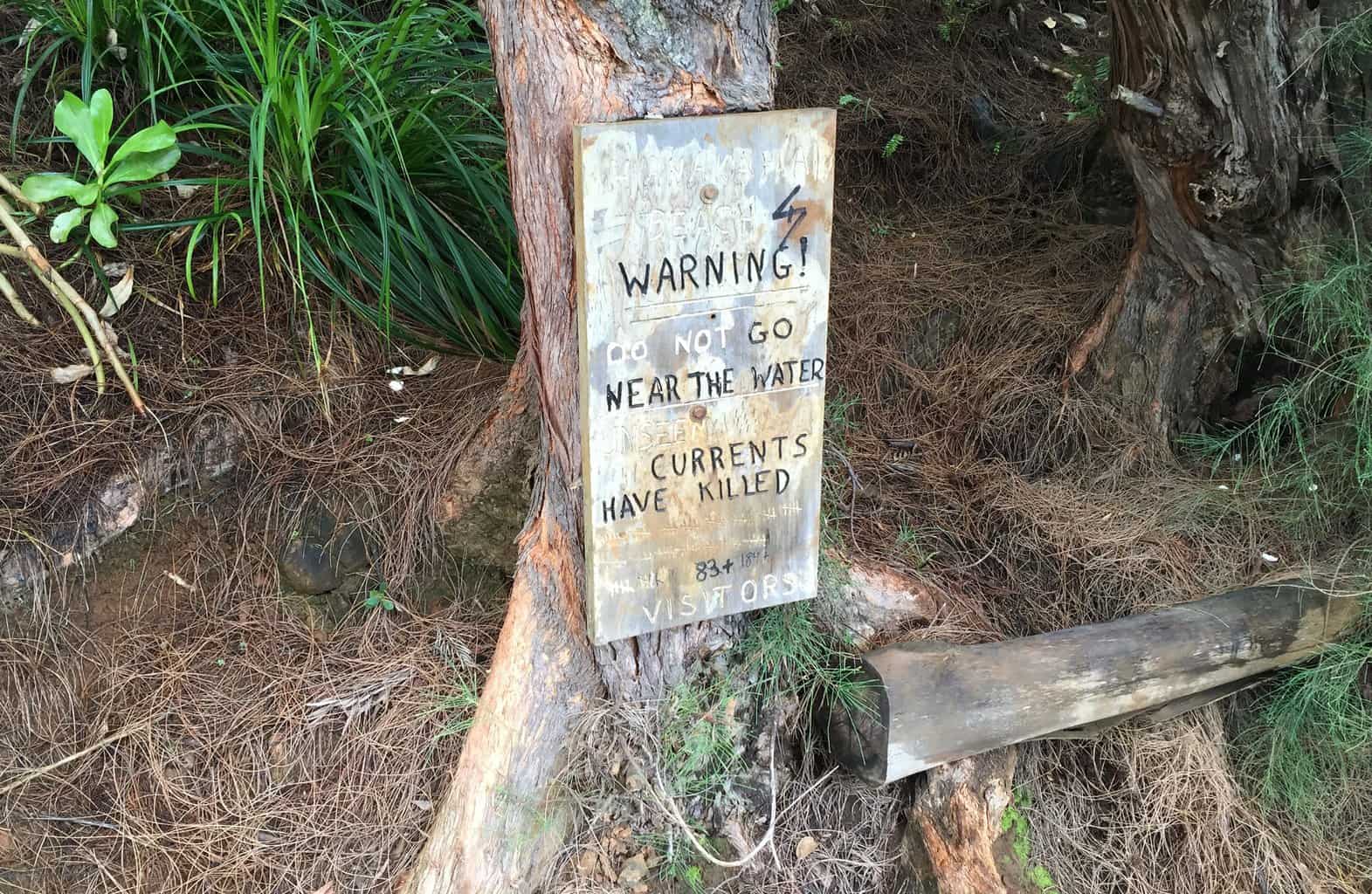
A sign near the entrance to the beach marks the number of deaths. Use extreme caution at this beach.
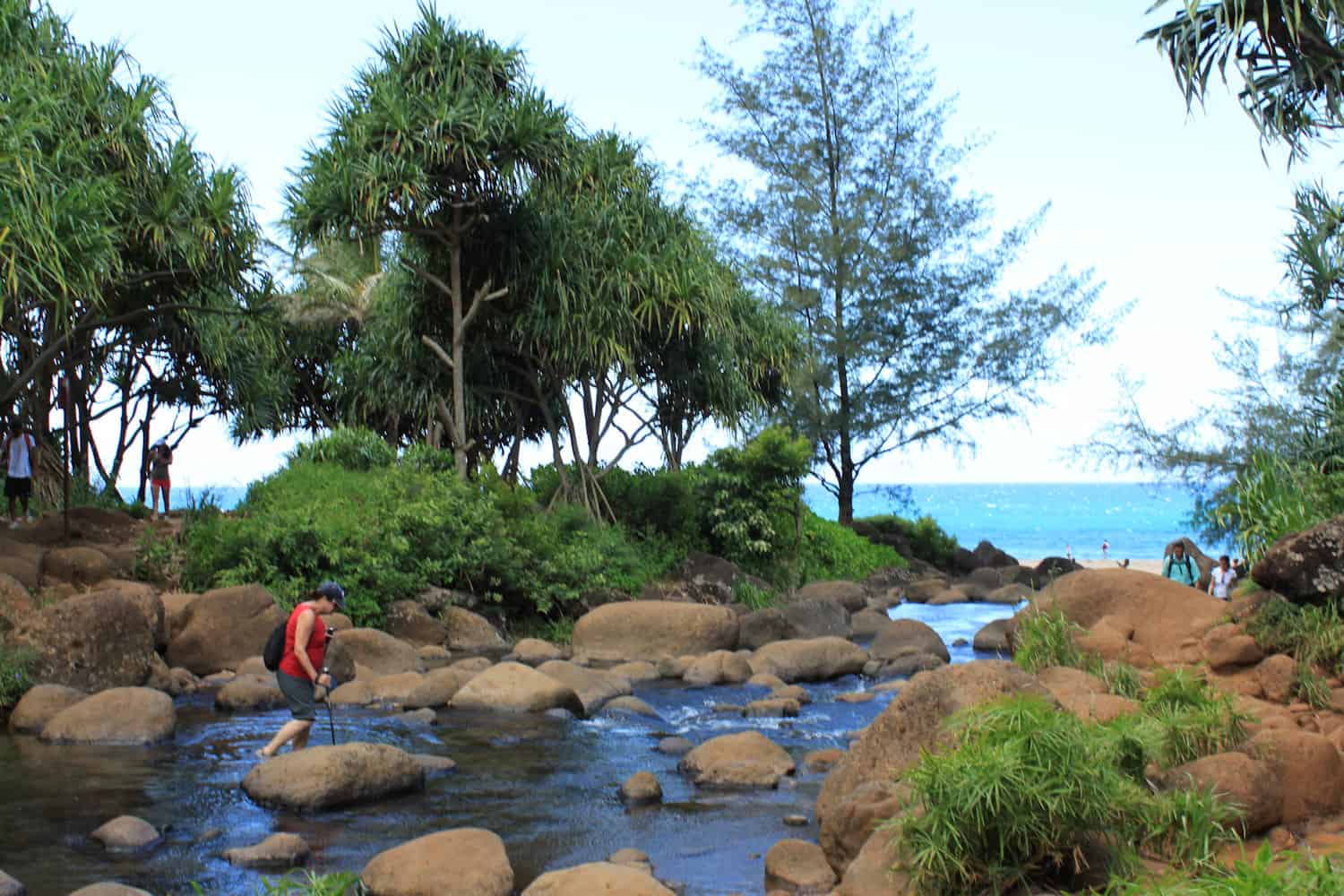
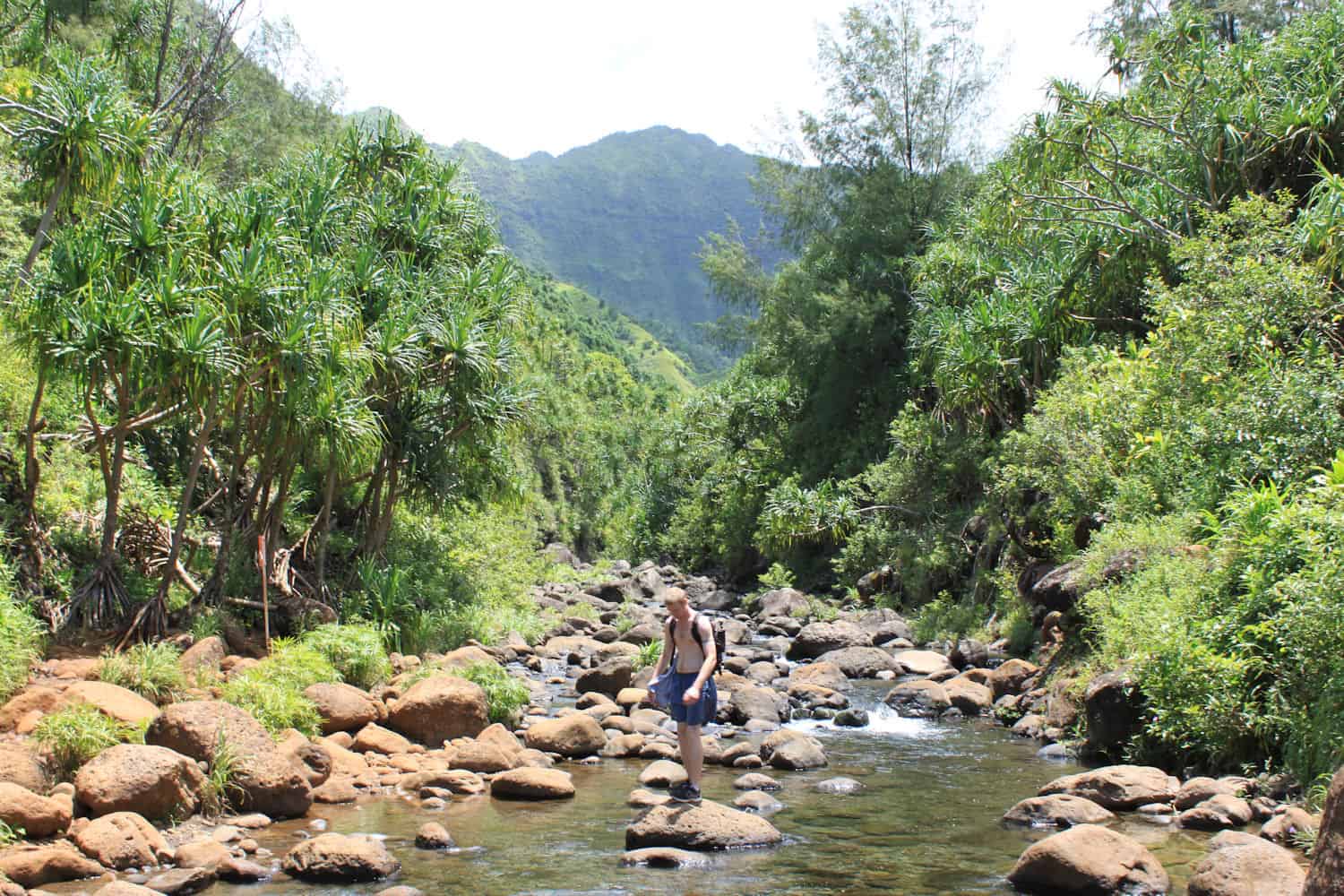
You must cross over Hanakapiai Stream to reach the main part of the beach. It is also possible to follow the stream to the beach then cross over. Do not attempt to cross if the stream is unsafe.
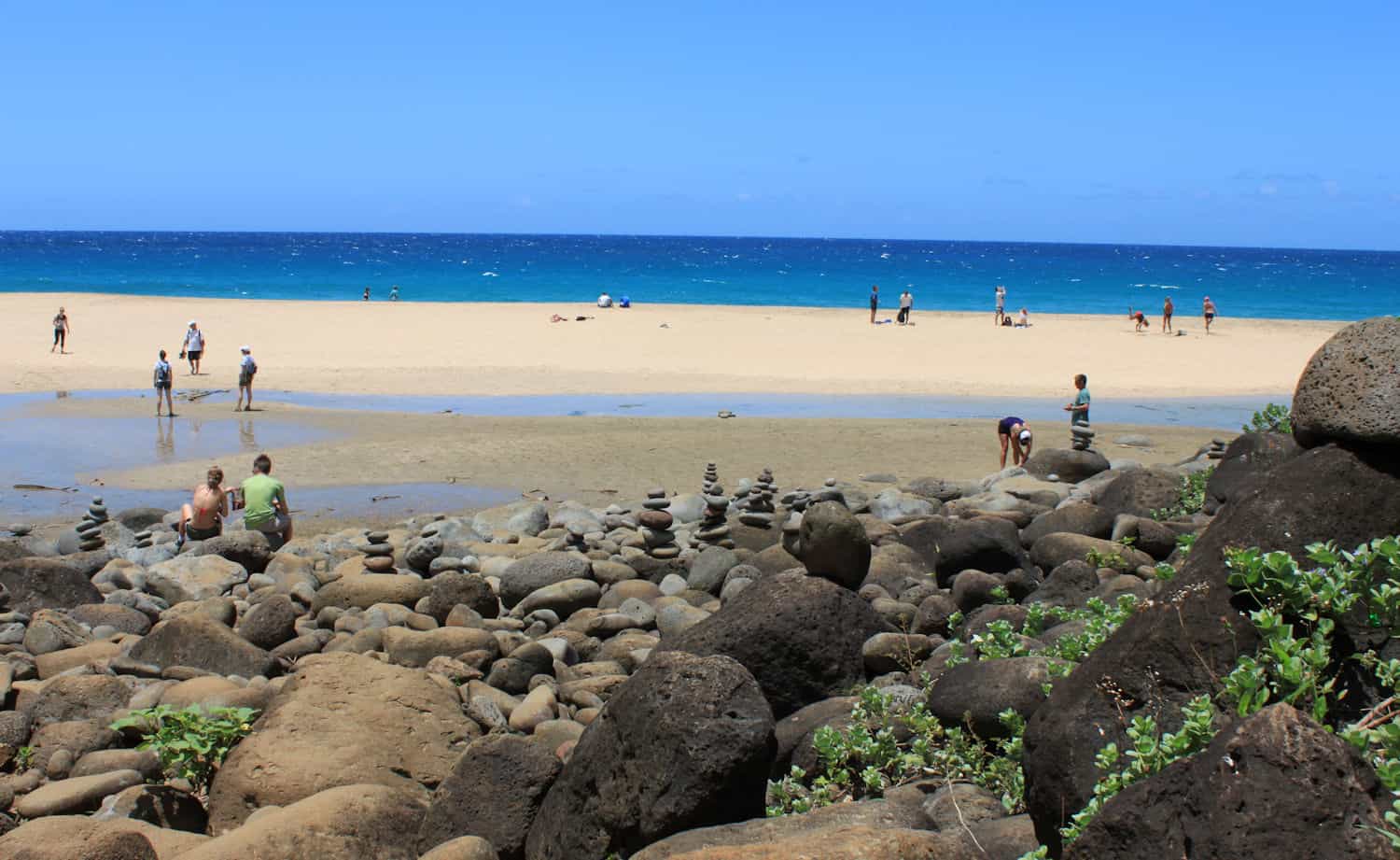
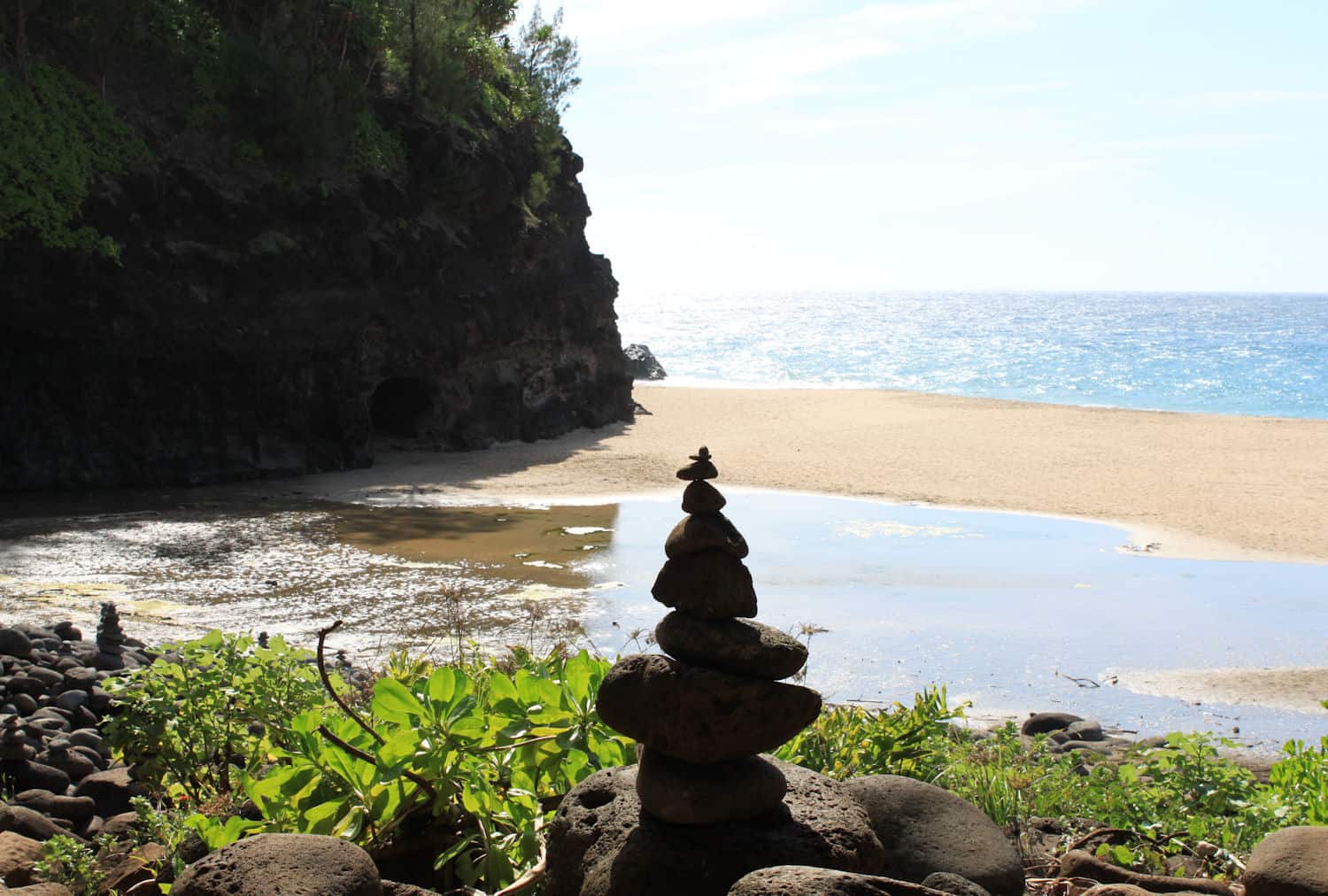
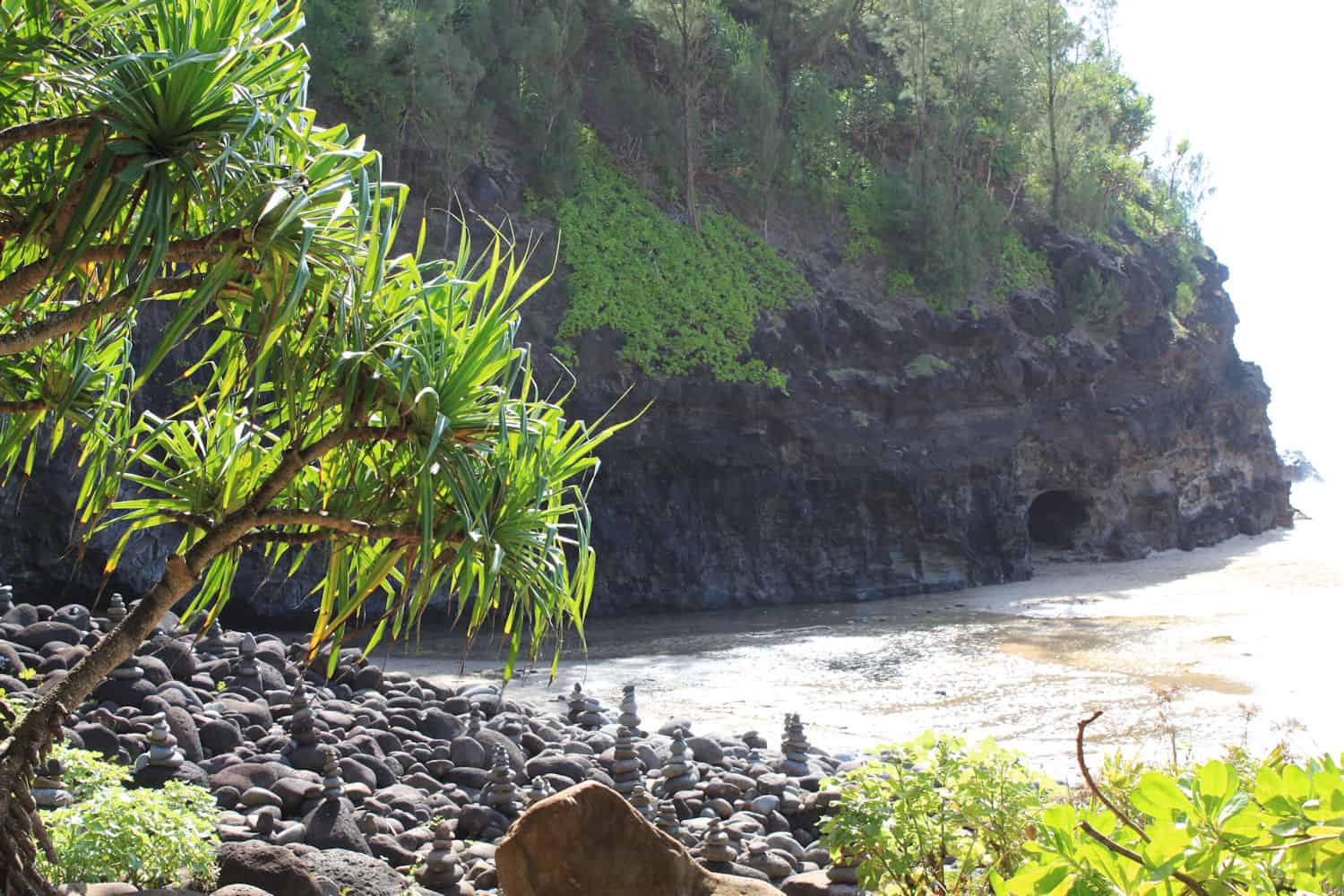
Though stone-stacking at the beach is prevalent, the practice is not recommended as it disturbs the natural environment of the location.
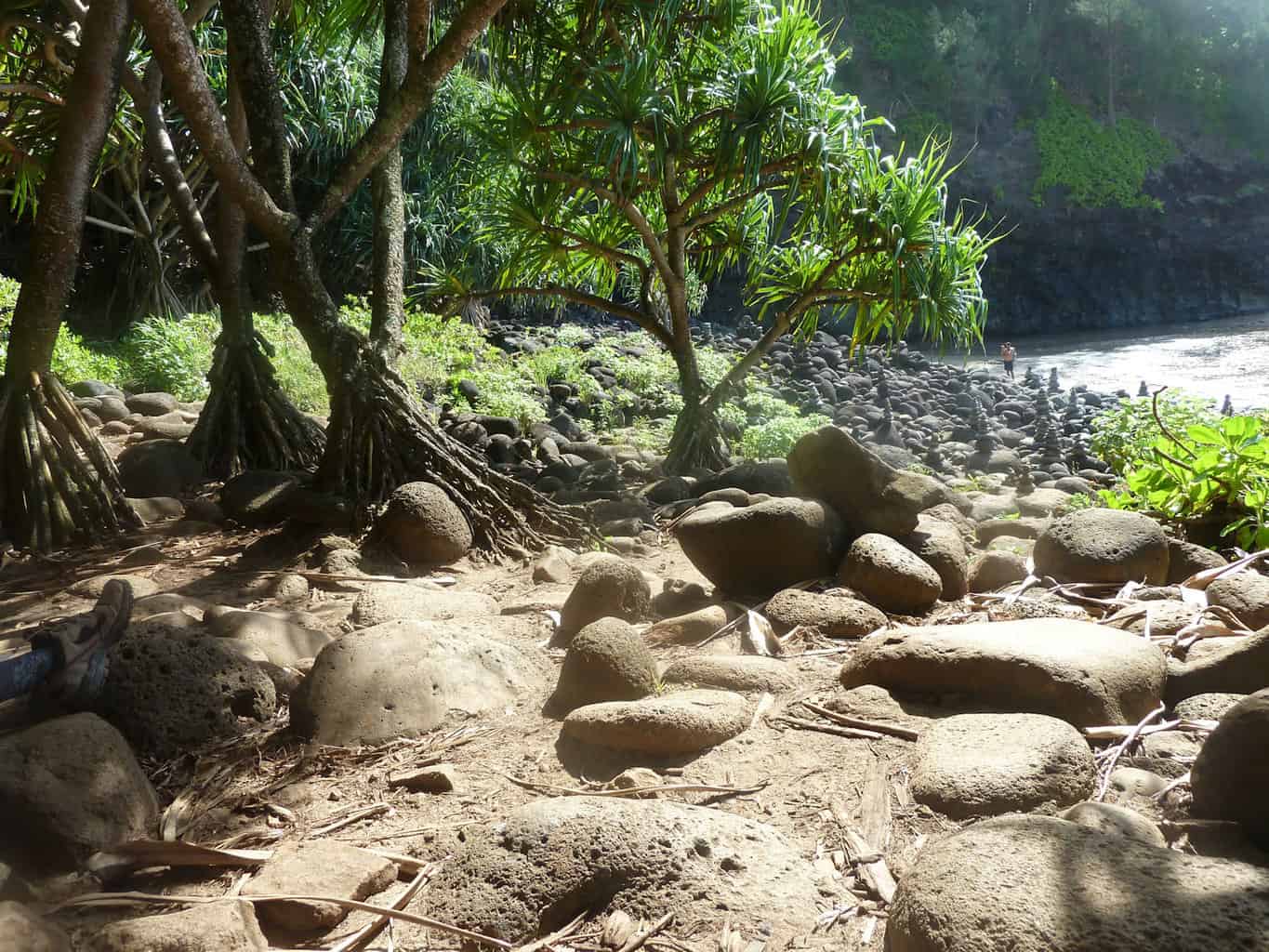
There is shade above the beach which is a nice place for a picnic lunch.
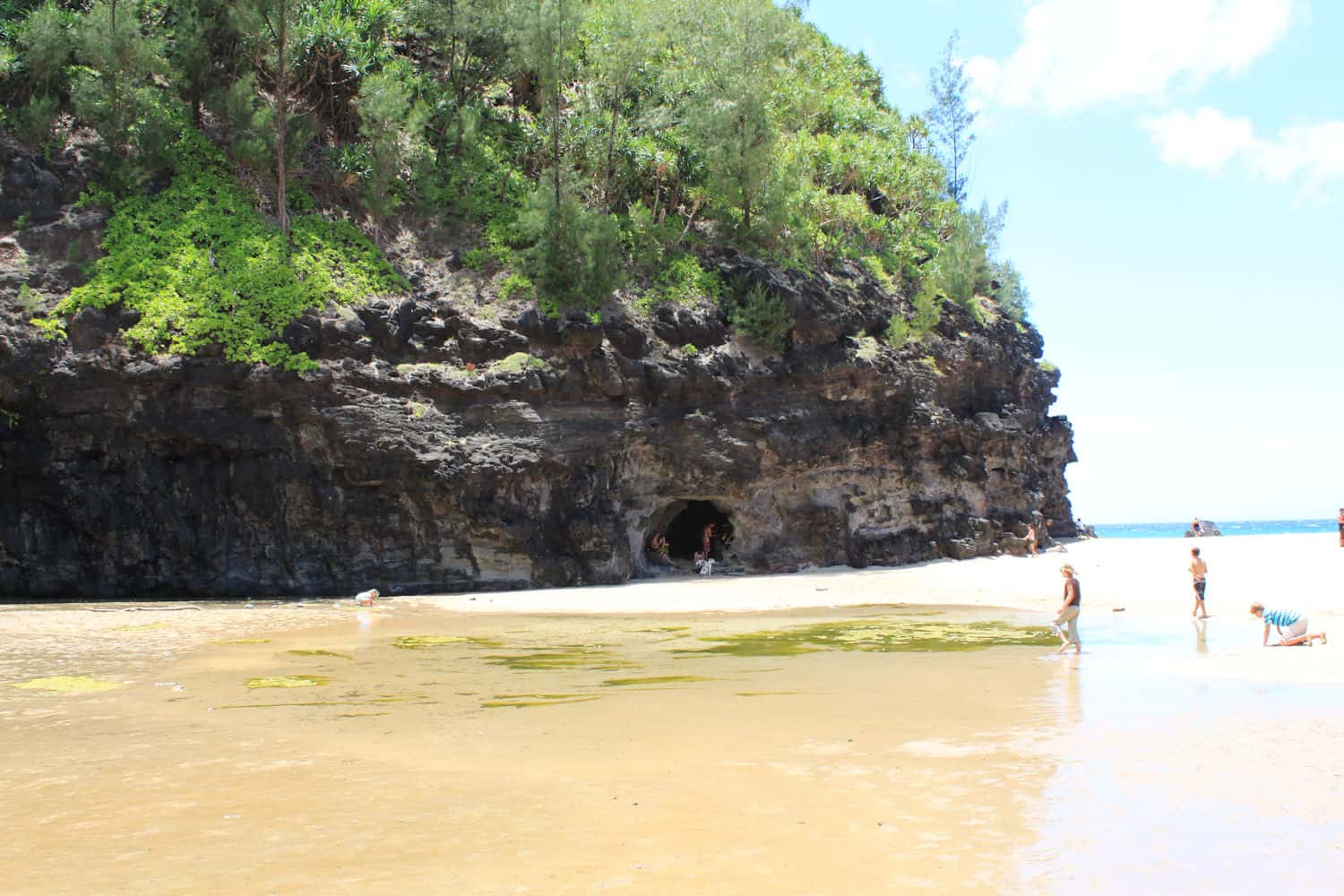
During the summer months there is a cave that is often accessible. Often, a pool of water forms behind the beach that is safe for wading during calm conditions.
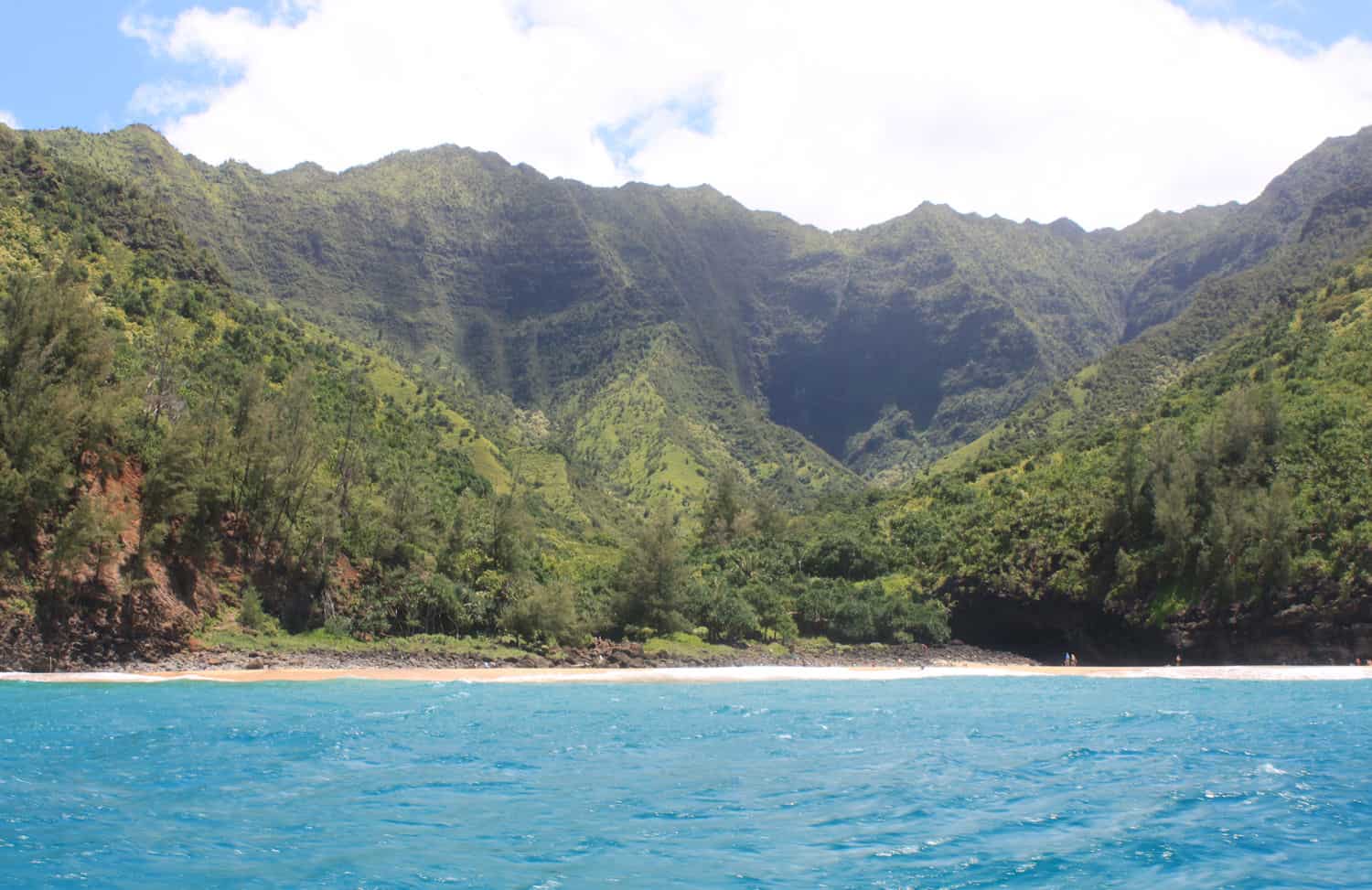
A view of the beach from offshore.

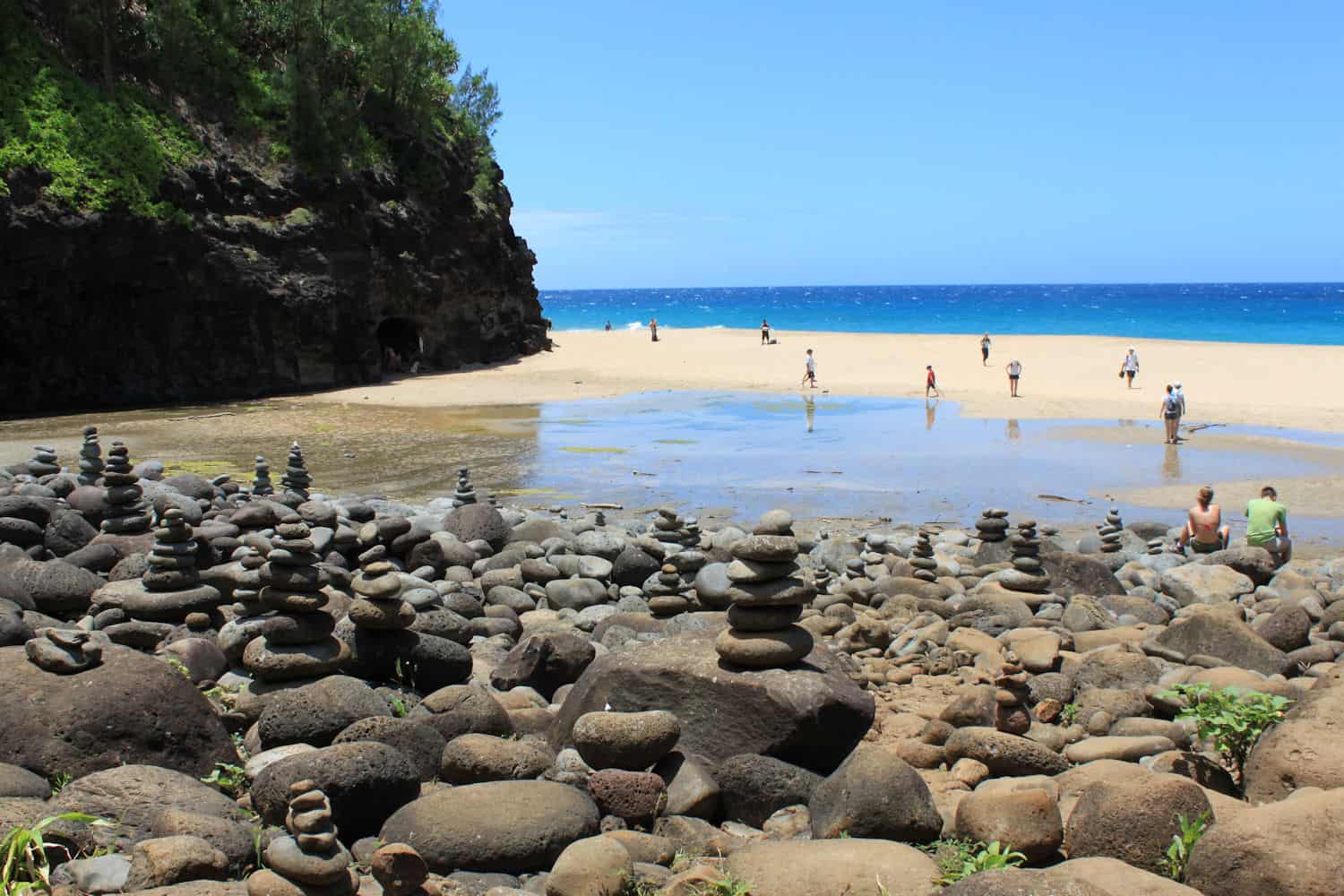
Leave a comment